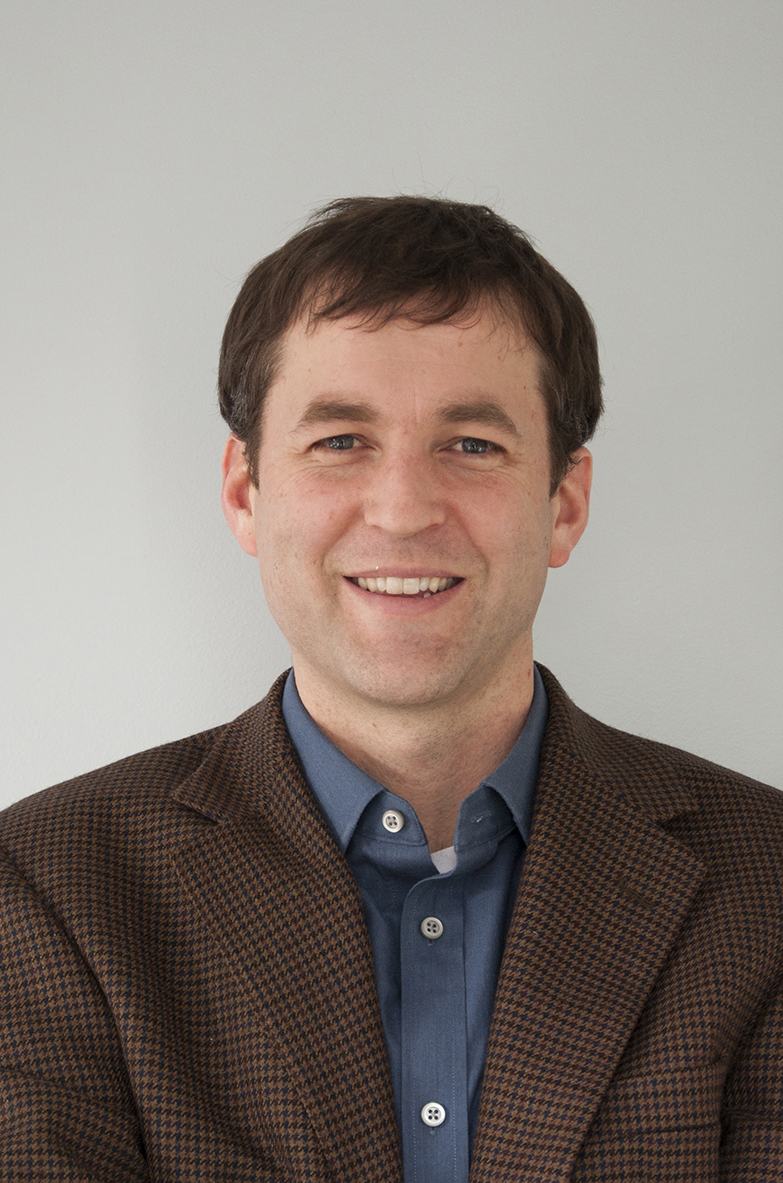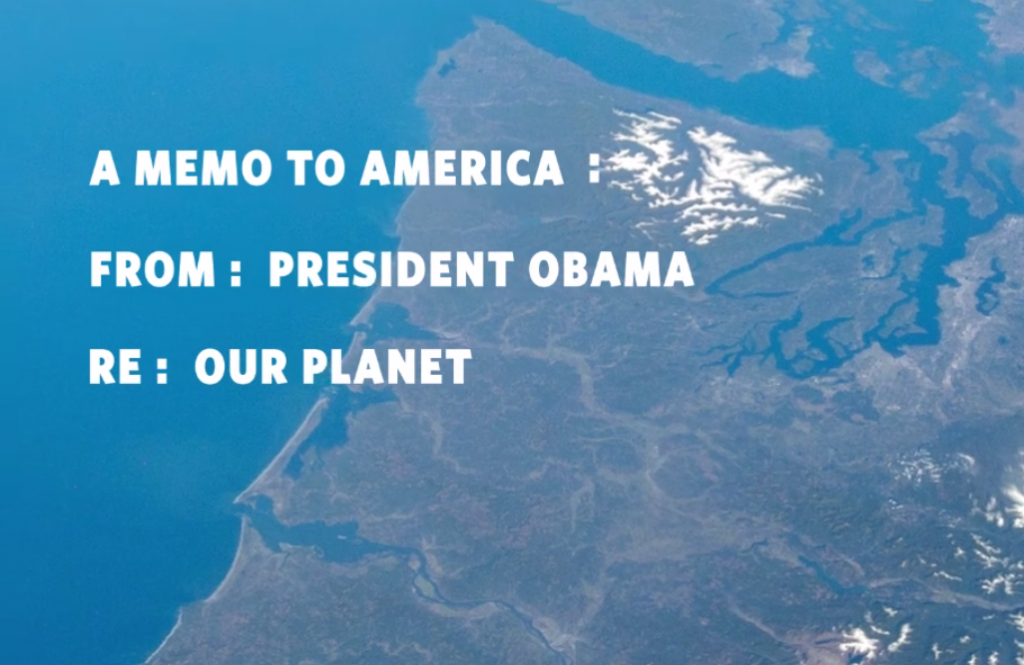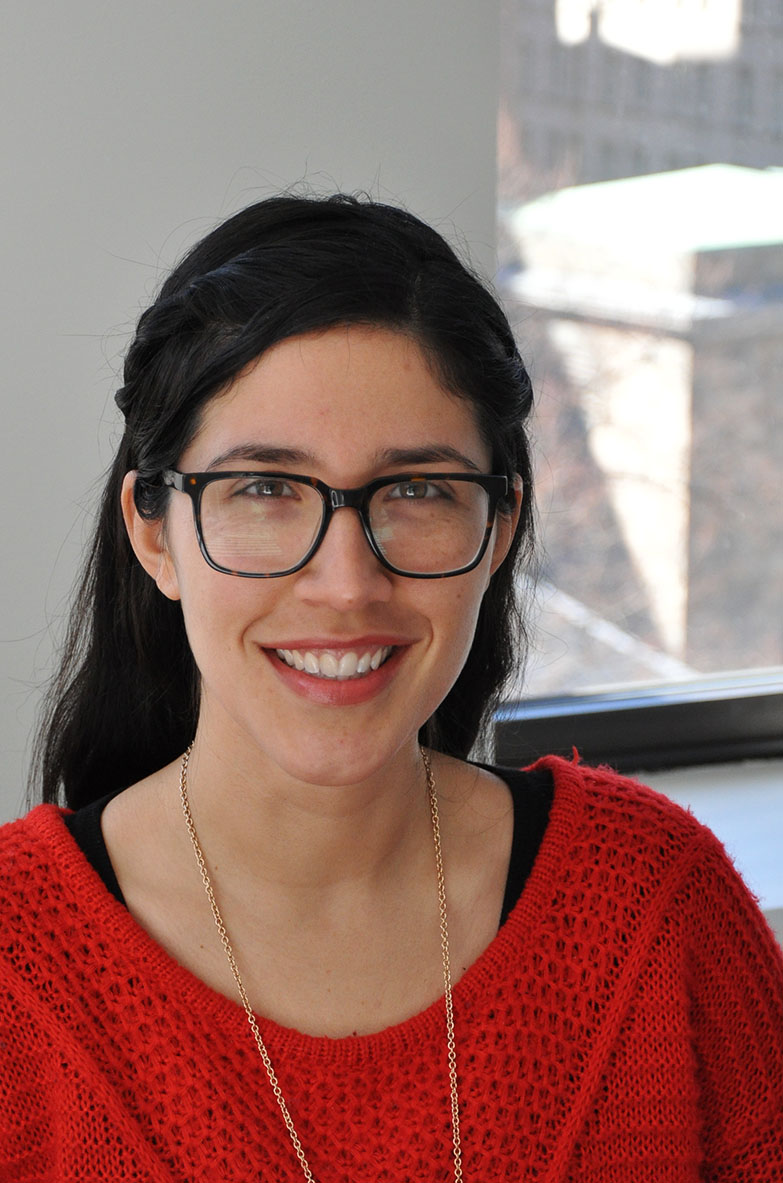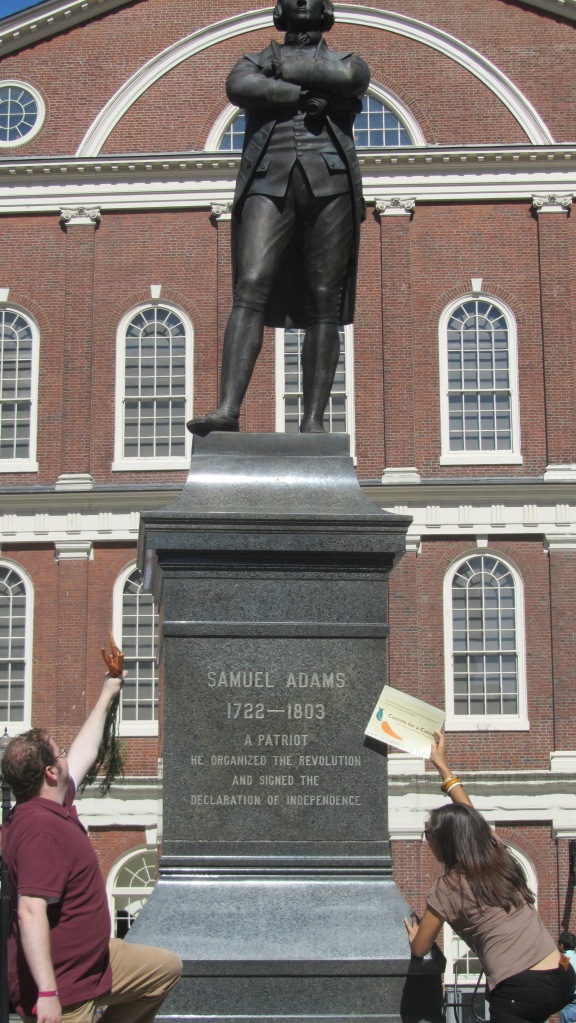by Anne Sjolander, Intern – Advancing Green Building Initiative
(This post is part of a weekly series by the Second Nature team about why we do what we do.)
I act on behalf of A Pale Blue Dot. (Remember this for later)
When I was younger I was always terrible at answering the question, “What do you want to be when you grow up?”
The first time I recall responding to that question was in the 4th grade. At age 9 my school thought it a good time to publish all of our prospective career paths in the year book. I wrote runway model and was greeted by the shrill laughter of my supposed friend sitting next to me. So, not wanting to look like a fool, I panicked and changed my reply to Wheeltor. What, you may be wondering, is a Wheeltor? Well it is a profession derived from a sad attempt to spell Realtor. Needless to say, they did not publish my response.
In high school I decided my future career path would be the anti-career path known as being a nomadic free spirit. Not wanting to disappoint my parents, I decided to complete my college degree before growing dreadlocks and wandering off into a field of sunflowers. So I checked off the undecided major and continued on my path to Boston University.
Once there I attended an array of classes such as archaeology, art history, drawing, world music and yoga classes, but nothing struck me as a topic to dedicate my life to. THEN, I took Astronomy. I didn’t fall in love with the subject, but it provided me with a great sense of perspective. The first week of class I was introduced to the words of Carl Sagan…
In 1990 the Voyager 1 reached the outer limits of our solar system, turned around and took a picture of our planet.

 by Timothy Carter, President, Second Nature
by Timothy Carter, President, Second Nature
 by Steve Muzzy, Senior Manager, Membership Programs, Second Nature
by Steve Muzzy, Senior Manager, Membership Programs, Second Nature








 In the 4th grade, I decided what I wanted to be when I grew up. A garbage woman and an author! Although I lived in a small, pristine town on the north shore of Long Island with very little mess, I abhorred the thought of litter. I envisioned a fruitful and happy vocation writing stories about my adventures while picking up stray cans and pieces of newspaper in the ‘hood.
In the 4th grade, I decided what I wanted to be when I grew up. A garbage woman and an author! Although I lived in a small, pristine town on the north shore of Long Island with very little mess, I abhorred the thought of litter. I envisioned a fruitful and happy vocation writing stories about my adventures while picking up stray cans and pieces of newspaper in the ‘hood.